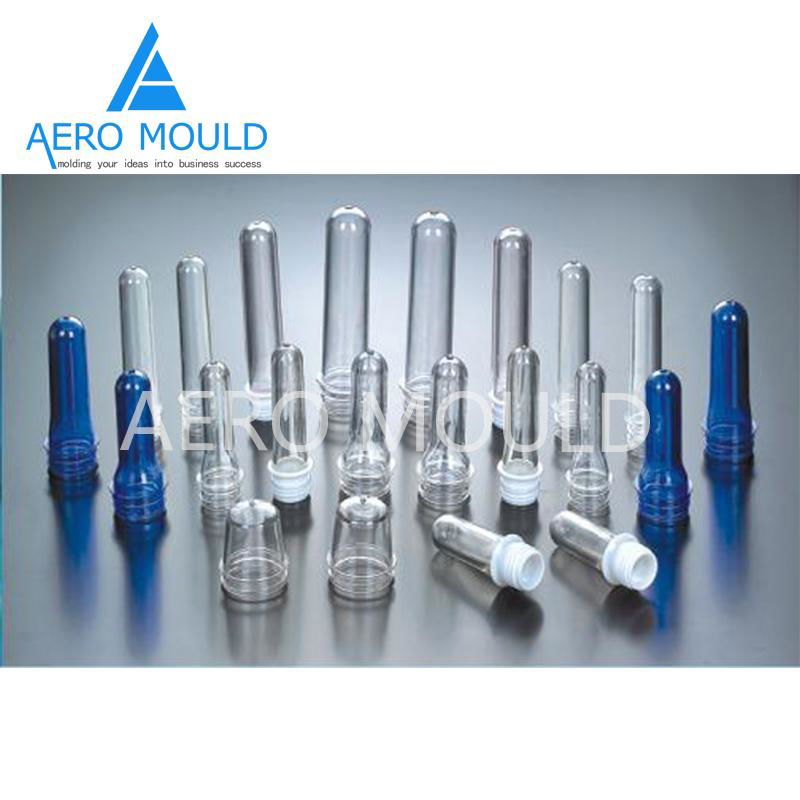
The mould halves and backing plates assembled constitute the PET preform mould proper. These halves are mounted on backing plates which are drilled to allow passage of steam or cooling water, and which carry the guide pins which aligning the halves of the PET preform mould. A PET preform mould must be polished to give the casting a good finish,and to allow it to be ejected easily.Ī mould for the general run of PET parts is divided into two halves which meet at the parting line. Pressure is required to force the material into the cavity and to hold it to shape until it is set, and to give the casting or finished product the required strength. PET preform moulding materials require heat and usually pressure to achieve the plasticity necessary for them to flow into the shape of the mould cavity. PET preform moulds are made of plain carbon steel or of alloy steels, and are hardened to provide compressive strength and hard surfaces to take and maintain a high polish under severe wearing conditions. Accuracy is a requirement in modern manufacturing, and PET preform moulded plastics are produced by steadily mounting standards of precision, which have necessitated new machine tool applications and methods.Ī PET preform mould may be defined as a form for shaping a plastic material ”PET” into a finished product-here is PET preform. Mass production PET preform moulding machinery has been developed, and new PET preform mould steels and alloys have been introduced to withstand severe service. The coming of the modern plastics moulding materials brought about great advancement in this old art, and transformed it into a science.

Some of these PET preform mouldswere fine works of art, as, for example, the moulds used by craftsmen in glass. PET preform mould for plastics materials (PET) have been made in some manner for centuries.


 0 kommentar(er)
0 kommentar(er)
